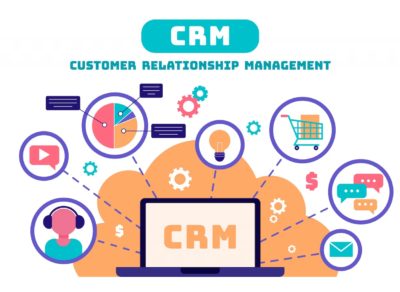
Why banks need customer data platform integration
Banks rely on customer data to drive their businesses. The problem is that most banks have a variety of systems that store customer data in different formats. This makes it difficult to get a complete view of the customer, which can limit your ability to provide great service and make money.
A customer data platform (CDP) can help you overcome this challenge by integrating all of your customer data into one system. This will give you a 360-degree view of the customer, which will help you improve your marketing, sales, and operations efforts.
1. Harness data for personalization

A strong CDP provides a single point of truth for a bank’s customer data, allowing for personalization, real-time decisioning, and prescriptive product and content recommendation. With easy access to a comprehensive view of each customer’s data—such as transaction history, survey responses, service interactions, spending patterns, and other behaviors—banks can send personalized communications that are most likely to resonate with the individual customer or prospect.
The degree of personalization is heavily influenced by the amount of good, clean data available. Tracking online data is the first step toward personalization, but incorporating offline interaction data, such as branch visits and ATM transactions, enhances the personalization experience.
The advanced data management capability of a CDP is one of the most valuable side benefits, allowing the marketing team to make data work harder without having to rely on IT or business intelligence teams at every turn.
2. Break down data silos and create a unified customer view
While customers have come to value the uniquely personalized offers and experiences provided by other digital-first businesses, a bank’s customer data is protected by stringent rules and regulations. A CDP can assist in ensuring the security of financial data and personally identifiable information (PII), as well as compliance with privacy and security standards.
Giải pháp của SmartOSC Fintech BACKBASE DIGITAL BANKING, BUY NOW PAY LATER, LOS, CDP, EKYC, DIGITAL ONBOARDING
Other data management tools lack the ability to secure the customer’s PII while deploying robust encryption mechanisms to share data points with other systems, such as marketing and advertising platforms.
A CDP aids in the consolidation, integration, and processing of all of this demographic, behavioral, and transactional data in order to create a single, unified view of the customer, updating and enriching it each time the customer interacts with the bank, both offline and online.
Bank marketers can develop and deliver highly personalized, contextually relevant marketing campaigns and interactions at the segment-of-one level with all of this valuable intelligence about existing customers’ needs and behaviors at their disposal.
3. Advanced analytics, actionable insights
A good customer data platform can reveal changing behavior and preferences based on signals received from real-time interactions, in addition to providing insights into existing customers’ behaviors.
Given the massive amount of data that most banks have access to, a strong CDP can extract valuable insights through predictive and prescriptive analytics with machine learning. Machine learning, for example, can help identify which customers are likely to leave, those who are likely to buy a new product, and those who would prefer a competitor’s product.
4. Making the best decision

Bank marketers must contend with not only an increasing volume of customer data but also the numerous systems through which data is collected and stored. This isn’t limited to the bank’s legacy systems. The siloed data problem may worsen as banks continue to acquire new SAAS products to address emerging uses and issues.
The right customer data platform can assist in resolving the data silo issue while also dealing with the full range of data management requirements, from deduplication and cleansing to augmentation and activation.
5. Real-time data processing
Customer data platforms can ingest and process data in real time, assisting in the preservation of market intelligence for data-driven marketing campaigns. To ensure quality, data is deduped, validated, and cleansed after it is ingested. It is then ready to be segmented based on the bank marketer’s campaign needs and activated across the bank’s marketing systems.
Data attributes are standardized so that data can be used consistently across the bank’s various systems. CDPs can generate unique identity graphs and generate a unique profile ID for each customer. This data is continually augmented with each interaction, and as an individual’s demographic data changes—for example, phone numbers, addresses, and so on—a CDP can update it in real time across all banking systems.
Conclusion
Banks need to move away from relying on a single customer data platform and instead focus on customer data platform integration. This will allow them to create a more holistic view of their customers, which leads to better decision-making and improved customer service.
If you’re looking for help with customer data platform integration, we can assist you. Our team of experts has years of experience in this area and is ready to partner with you to ensure a successful implementation. Contact SMARTOSC Fintech today to get started!


